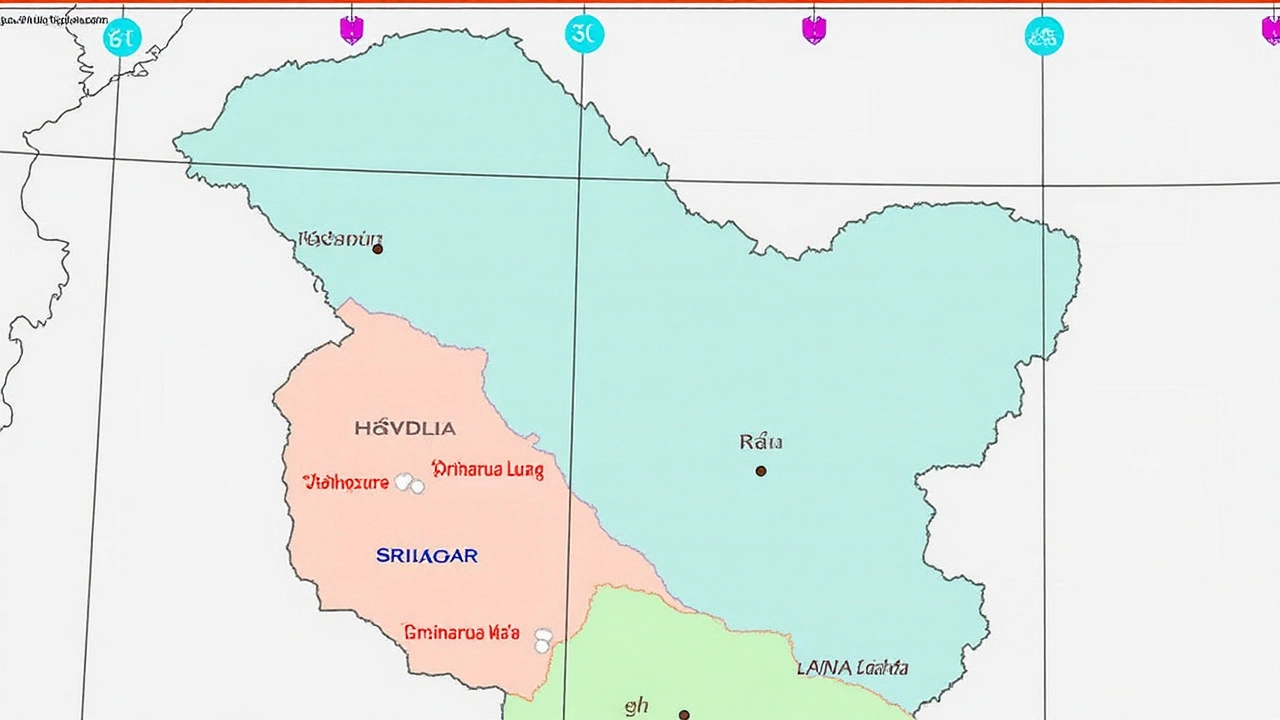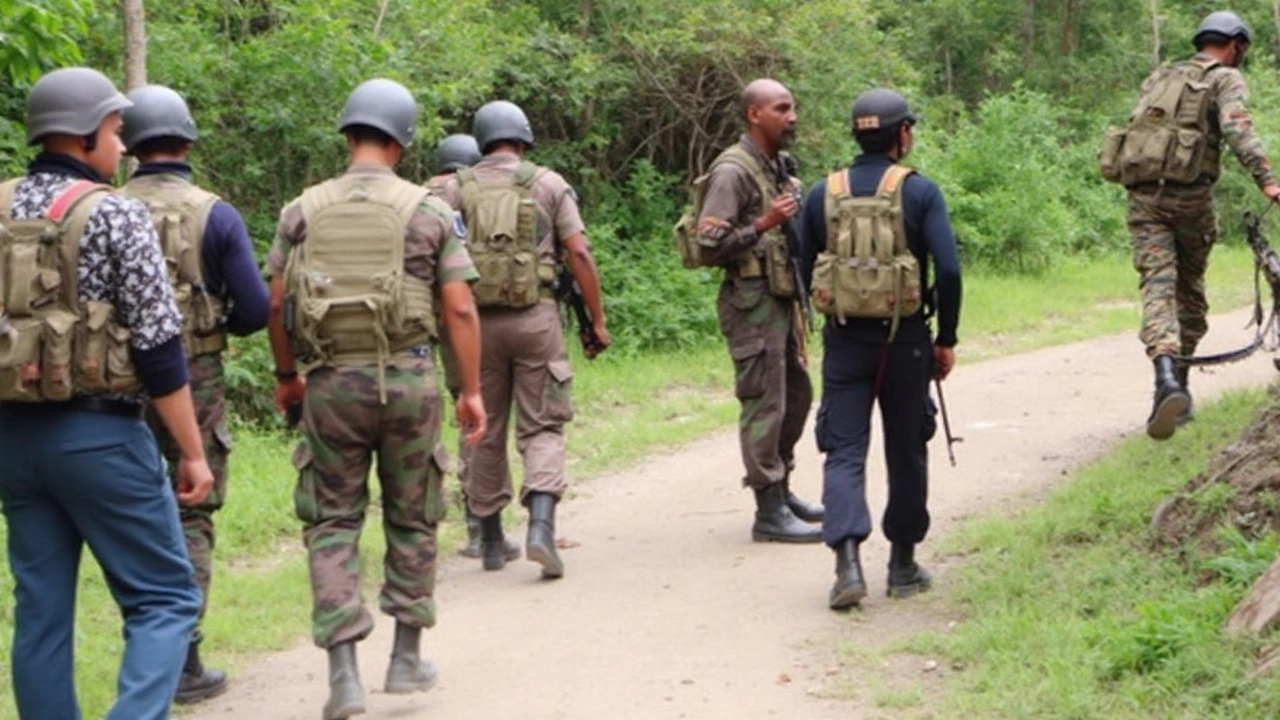Years After Article 370: Deep Fault Lines in Jammu & Kashmir Politics
August 5 doesn’t pass quietly in Jammu and Kashmir anymore, and the sixth anniversary of Article 370’s abrogation on August 5, 2025, was no exception. On one side, political leaders allied with the BJP celebrated what they see as the birth of a new era for the region. On the other, opposition parties came out strong, calling the day a reminder of lost rights and deep wounds that still haven’t healed.
The divide isn’t just about political speeches—real people took to the streets. The Article 370 move still shapes daily life, politics, and conversations from Srinagar’s markets to the sleepy streets of Jammu, and even among those who try to steer clear of politics altogether.

Protests, Demands, and Rallies Mark the Day
From north to south, the opposition’s message was hard to miss. Congress leaders, including J&K’s president Tariq Hameed Karra, led protests in every one of the 20 districts. Karra repeated the message many in the region have come to expect from Congress: August 5 is a ‘black day’ that marks what they see as the stripping of statehood and rights once guaranteed by the Indian constitution. At the heart of their demand is the restoration of statehood and the return of the state’s powers, which were reduced dramatically after Jammu and Kashmir was turned into a Union Territory in 2019.
In Srinagar, the scene had a different flavor. The National Conference and the Peoples Democratic Party—both parties that have ruled the region in the past—joined in, with NC’s Farooq Abdullah calling the 2019 move ‘unilateral and unconstitutional’. For these groups, every anniversary is a reminder of unfinished business and a political fight they say is far from over.
Jammu wasn't left behind, either. Congress supporters, led by local heavyweights Raman Bhalla and Lal Singh, gathered near the iconic Maharaja Hari Singh’s statue. Their rally echoed similar demands: revive statehood and protect local interests.
Yet, if you looked just at daily life, you might not have known anything special was happening. Shops opened as usual, kids headed to school, and offices carried on business as normal. Paramilitary troops were visible, but there weren’t the usual roadblocks, curfews, or mobile internet bans that marked earlier years. Unlike in 2019, when the region was virtually cut off for weeks, this time people moved freely, watched by security but not stopped.
This normalcy, of course, is part of the point for the central government and Lieutenant Governor Manoj Sinha. He told media that Jammu and Kashmir is in the middle of a transformation powered by new roads, better governance, and improved public services. Statistics on building projects and investments are easy to find in government bulletins. BJP supporters marked the day with speeches, events, and social media posts celebrating what they see as a long-overdue step toward full integration with the rest of India.
But even with new roads and schools, unresolved concerns keep cropping up. Critics—especially from the Congress, NC, and PDP—say the peace is superficial and that political rights are still missing. The restoration of statehood is their main rallying cry, followed by demands for local elections and more say in how laws are made and enforced.
If you ask younger people, opinions are even more mixed. Some have grown up with the post-2019 status quo and are focused on jobs and opportunities. Others feel a lingering sense of loss over what they see as the end of a unique political identity.
The sixth anniversary, then, is more than just a date—it’s a measuring stick for where Jammu and Kashmir stands, and a sign that the debate over Article 370’s meaning is not fading away any time soon.
